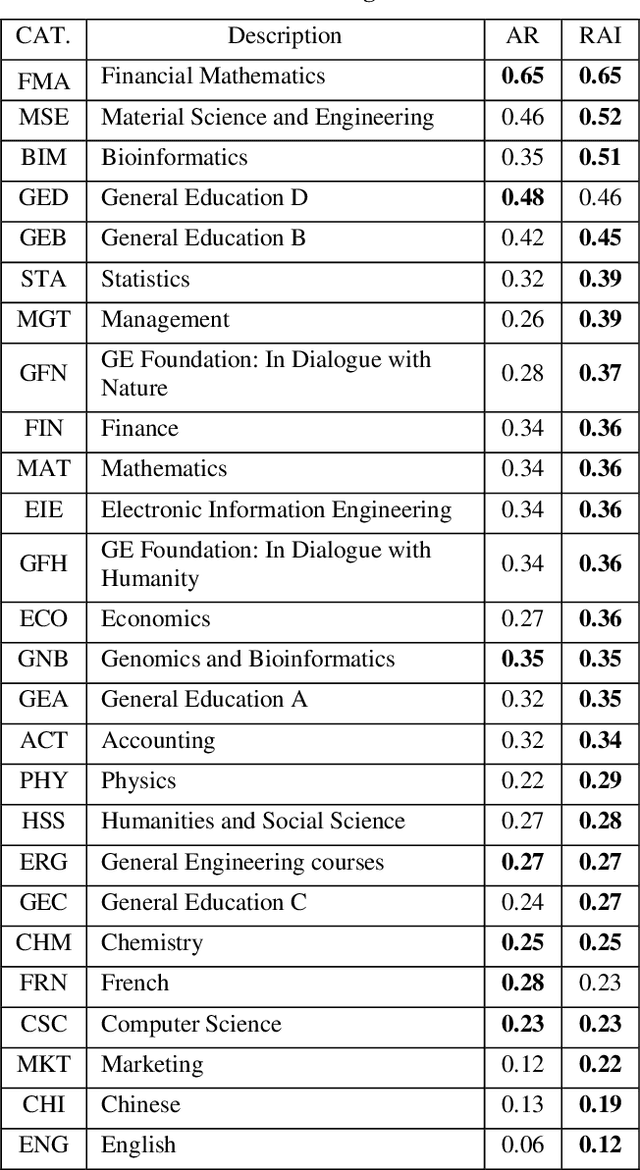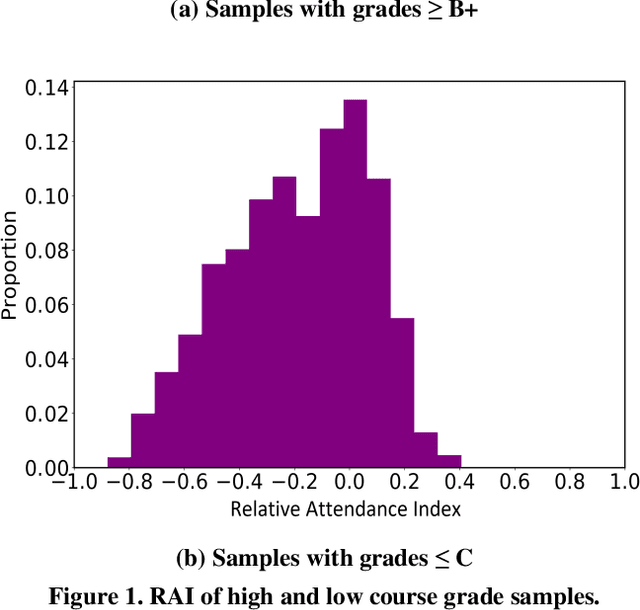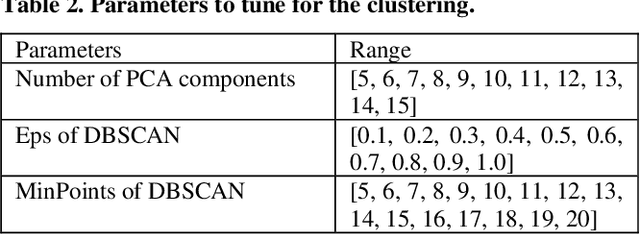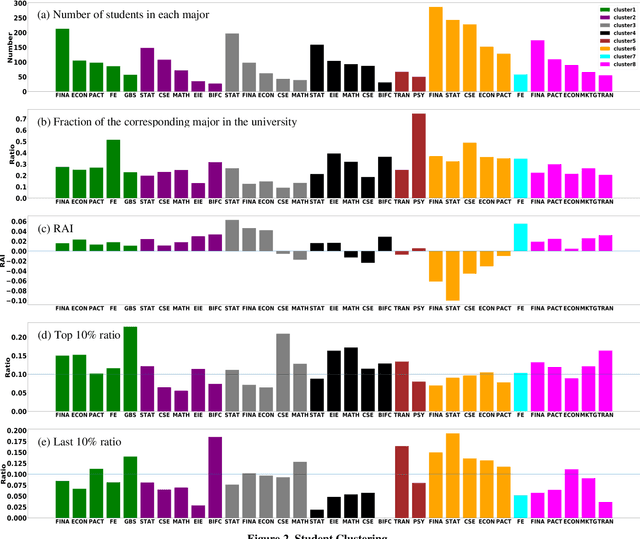Jing Lyu
Single Index Bandits: Generalized Linear Contextual Bandits with Unknown Reward Functions
Jun 15, 2025Abstract:Generalized linear bandits have been extensively studied due to their broad applicability in real-world online decision-making problems. However, these methods typically assume that the expected reward function is known to the users, an assumption that is often unrealistic in practice. Misspecification of this link function can lead to the failure of all existing algorithms. In this work, we address this critical limitation by introducing a new problem of generalized linear bandits with unknown reward functions, also known as single index bandits. We first consider the case where the unknown reward function is monotonically increasing, and propose two novel and efficient algorithms, STOR and ESTOR, that achieve decent regrets under standard assumptions. Notably, our ESTOR can obtain the nearly optimal regret bound $\tilde{O}_T(\sqrt{T})$ in terms of the time horizon $T$. We then extend our methods to the high-dimensional sparse setting and show that the same regret rate can be attained with the sparsity index. Next, we introduce GSTOR, an algorithm that is agnostic to general reward functions, and establish regret bounds under a Gaussian design assumption. Finally, we validate the efficiency and effectiveness of our algorithms through experiments on both synthetic and real-world datasets.
Instruction-augmented Multimodal Alignment for Image-Text and Element Matching
Apr 16, 2025Abstract:With the rapid advancement of text-to-image (T2I) generation models, assessing the semantic alignment between generated images and text descriptions has become a significant research challenge. Current methods, including those based on Visual Question Answering (VQA), still struggle with fine-grained assessments and precise quantification of image-text alignment. This paper presents an improved evaluation method named Instruction-augmented Multimodal Alignment for Image-Text and Element Matching (iMatch), which evaluates image-text semantic alignment by fine-tuning multimodal large language models. We introduce four innovative augmentation strategies: First, the QAlign strategy creates a precise probabilistic mapping to convert discrete scores from multimodal large language models into continuous matching scores. Second, a validation set augmentation strategy uses pseudo-labels from model predictions to expand training data, boosting the model's generalization performance. Third, an element augmentation strategy integrates element category labels to refine the model's understanding of image-text matching. Fourth, an image augmentation strategy employs techniques like random lighting to increase the model's robustness. Additionally, we propose prompt type augmentation and score perturbation strategies to further enhance the accuracy of element assessments. Our experimental results show that the iMatch method significantly surpasses existing methods, confirming its effectiveness and practical value. Furthermore, our iMatch won first place in the CVPR NTIRE 2025 Text to Image Generation Model Quality Assessment - Track 1 Image-Text Alignment.
Assessing Attendance by Peer Information
Jun 06, 2021



Abstract:Attendance rate is an important indicator of students' study motivation, behavior and Psychological status; However, the heterogeneous nature of student attendance rates due to the course registration difference or the online/offline difference in a blended learning environment makes it challenging to compare attendance rates. In this paper, we propose a novel method called Relative Attendance Index (RAI) to measure attendance rates, which reflects students' efforts on attending courses. While traditional attendance focuses on the record of a single person or course, relative attendance emphasizes peer attendance information of relevant individuals or courses, making the comparisons of attendance more justified. Experimental results on real-life data show that RAI can indeed better reflect student engagement.
 Add to Chrome
Add to Chrome Add to Firefox
Add to Firefox Add to Edge
Add to Edge